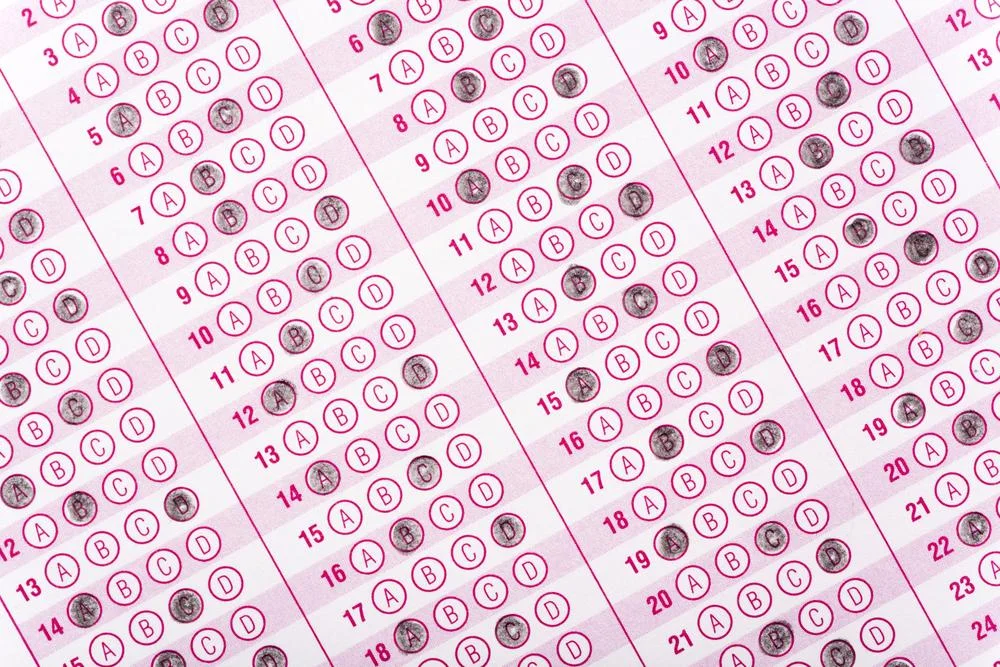Warren Consolidated Schools Board
School Districts: Elected Officials | Public School District Boards
Recent News About Warren Consolidated Schools Board
-
Public education employees in Macomb County earn $781,614,082 in salaries in 2021
29 employers in Macomb County paid $781,614,082 combined for public education employee salaries in 2021, ranking it third among Michigan counties.
-
Public employees in Macomb County earn $720,755,975 in salaries in 2020
29 employers in Macomb County paid $720,755,975 combined for public employee salaries in 2020, ranking it third among Michigan counties, according to the Michigan Government Salaries Database.
-
Public employees in Macomb County earn $745,515,163 in salaries in 2019
29 employers in Macomb County paid $745,515,163 combined for public employee salaries in 2019, ranking it third among Michigan counties, according to the Michigan Government Salaries Database.
-
19.9 percent of economically disadvantaged students in Warren Consolidated Schools ready for math in college (2017-2018)
19.9 percent of economically disadvantaged students in Warren Consolidated Schools were ready for math in college in the 2017-2018 academic year, a worse result than the overall average for all students in the district.
-
23.3 percent of female students in Warren Consolidated Schools ready for math in college (2017-2018)
23.3 percent of female students in Warren Consolidated Schools were ready for math in college in the 2017-2018 academic year, a worse result than the overall average for all students in the district.
-
6 percent of black students in Warren Consolidated Schools ready for math in college (2017-2018)
6 percent of black students in Warren Consolidated Schools were ready for math in college in the 2017-2018 academic year, a better result than the overall average for all students in the district.
-
38.2 percent of Asian students in Warren Consolidated Schools ready for math in college (2017-2018)
38.2 percent of Asian students in Warren Consolidated Schools were ready for math in college in the 2017-2018 academic year, a better result than the overall average for all students in the district.
-
29.3 percent of white students in Warren Consolidated Schools ready for math in college (2017-2018)
29.3 percent of white students in Warren Consolidated Schools were ready for math in college in the 2017-2018 academic year, a better result than the overall average for all students in the district.
-
9.9 percent of English language learners in Warren Consolidated Schools ready for math in college (2017-2018)
9.9 percent of English language learners in Warren Consolidated Schools were ready for math in college in the 2017-2018 academic year, a better result than the overall average for all students in the district.
-
7 percent of students with disabilities in Warren Consolidated Schools ready for math in college (2017-2018)
7 percent of students with disabilities in Warren Consolidated Schools were ready for math in college in the 2017-2018 academic year, a better result than the overall average for all students in the district.
-
30.4 percent of male students in Warren Consolidated Schools ready for math in college (2017-2018)
30.4 percent of male students in Warren Consolidated Schools were ready for math in college in the 2017-2018 academic year, a better result than the overall average for all students in the district.
-
22.5 percent of English language learners in Warren Consolidated Schools academically ready for EBRW in college (2017-2018)
22.5 percent of English language learners in Warren Consolidated Schools were academically ready for evidence-based reading and writing (EBRW) in college in the 2017-2018 academic year, a worse result than the overall average for all students in the district.
-
52 percent of male students in Warren Consolidated Schools academically ready for EBRW in college (2017-2018)
52 percent of male students in Warren Consolidated Schools were academically ready for evidence-based reading and writing (EBRW) in college in the 2017-2018 academic year, a worse result than the overall average for all students in the district.
-
41.6 percent of economically disadvantaged students in Warren Consolidated Schools academically ready for EBRW in college (2017-2018)
41.6 percent of economically disadvantaged students in Warren Consolidated Schools were academically ready for evidence-based reading and writing (EBRW) in college in the 2017-2018 academic year, a worse result than the overall average for all students in the district.
-
56.1 percent of white students in Warren Consolidated Schools academically ready for EBRW in college (2017-2018)
56.1 percent of white students in Warren Consolidated Schools were academically ready for evidence-based reading and writing (EBRW) in college in the 2017-2018 academic year, a better result than the overall average for all students in the district.
-
54.3 percent of female students in Warren Consolidated Schools academically ready for EBRW in college (2017-2018)
54.3 percent of female students in Warren Consolidated Schools were academically ready for evidence-based reading and writing (EBRW) in college in the 2017-2018 academic year, a better result than the overall average for all students in the district.
-
35.9 percent of black students in Warren Consolidated Schools academically ready for EBRW in college (2017-2018)
35.9 percent of black students in Warren Consolidated Schools were academically ready for evidence-based reading and writing (EBRW) in college in the 2017-2018 academic year, a worse result than the overall average for all students in the district.
-
15.8 percent of students with disabilities in Warren Consolidated Schools academically ready for EBRW in college (2017-2018)
15.8 percent of students with disabilities in Warren Consolidated Schools were academically ready for evidence-based reading and writing (EBRW) in college in the 2017-2018 academic year, a worse result than the overall average for all students in the district.
-
55.7 percent of Asian students in Warren Consolidated Schools academically ready for EBRW in college (2017-2018)
55.7 percent of Asian students in Warren Consolidated Schools were academically ready for evidence-based reading and writing (EBRW) in college in the 2017-2018 academic year, a better result than the overall average for all students in the district.











